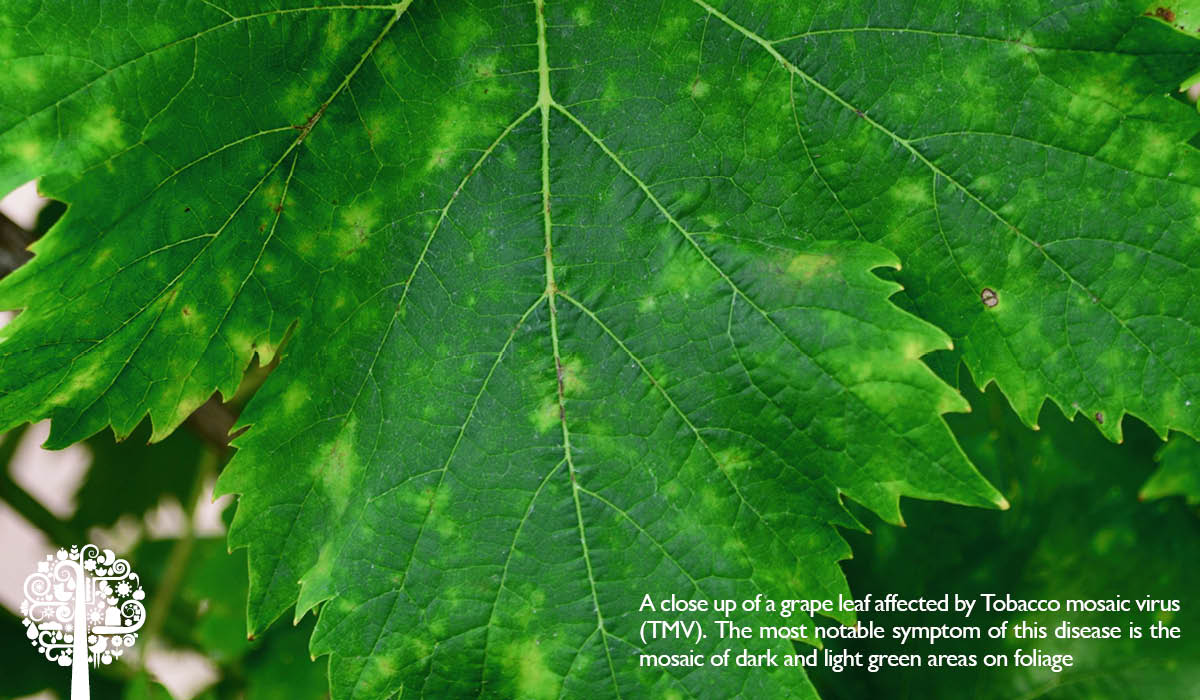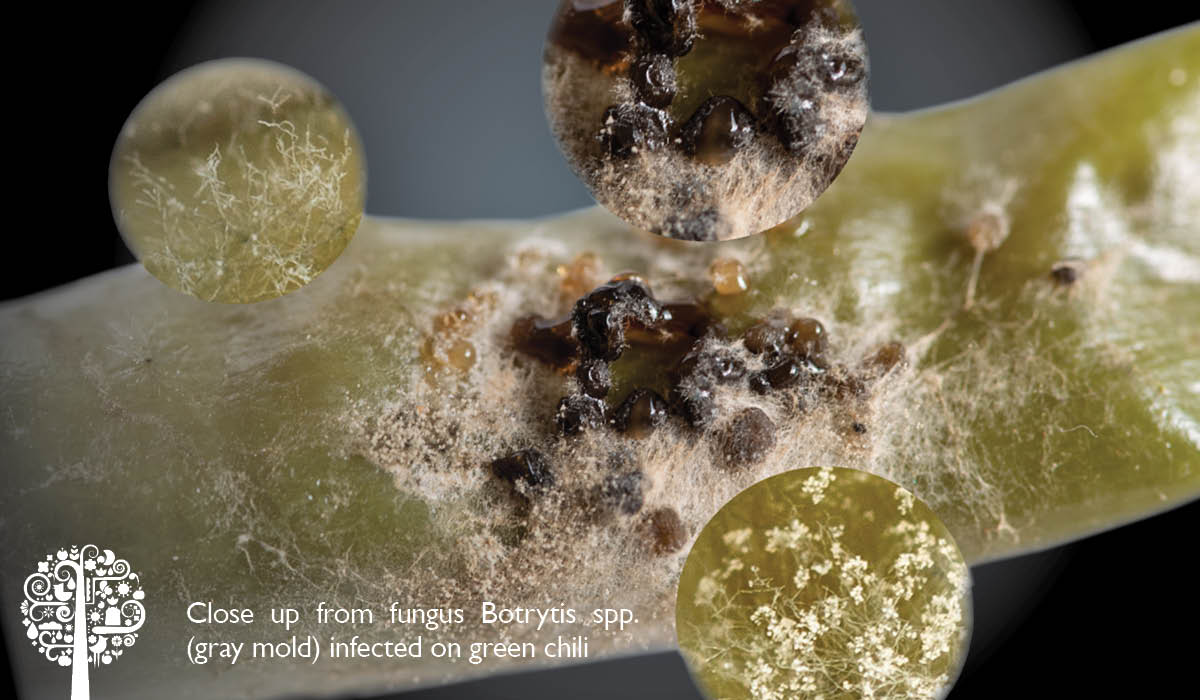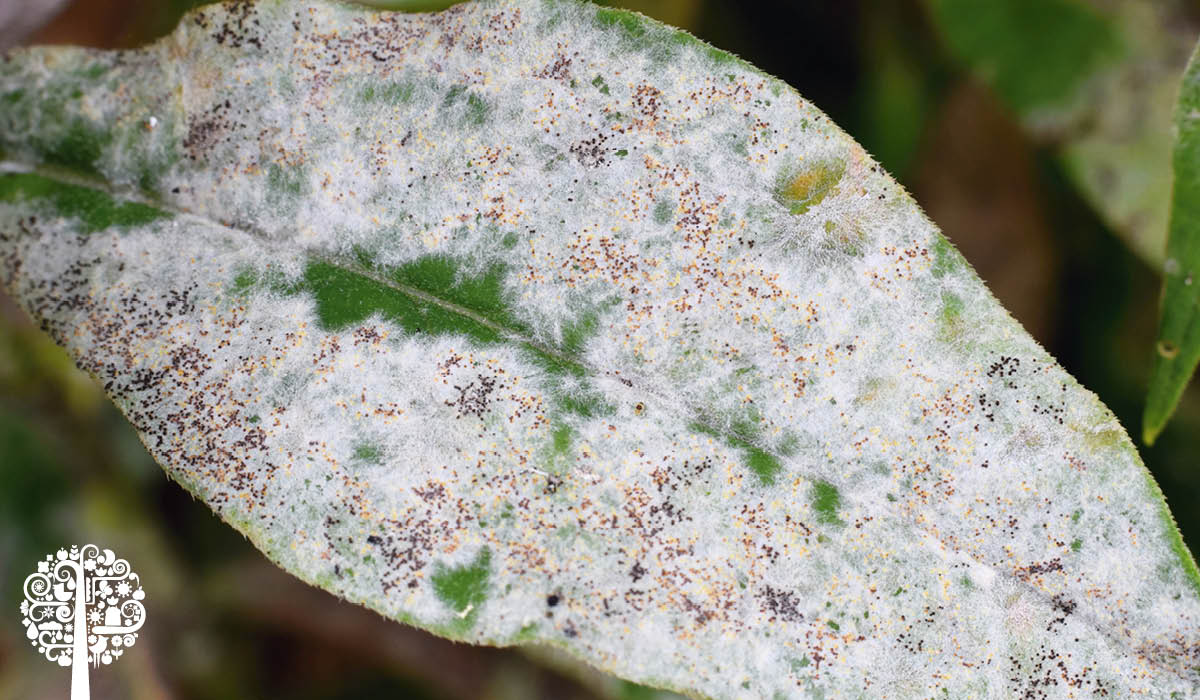We’re all familiar with the blight of thrips, mites, aphids, green flies, black flies, whiteflies, and even caterpillars. Still, an equally effective, sometimes devastating, adversary of your crop is the humble entity that we call mold.
Mould is an umbrella term for many different species – there are upwards of a hundred thousand and counting – and is essentially a type of fungus. Like other forms of fungi, mold spreads by creating a network of tiny filaments called hyphae, threads interweaving to create a dense structure known as mycelium. Mould is an essential component of nature’s ecosystem, breaking down dead organic matter. However, mold can wreck harvests and produce allergens, irritants, and in many cases, toxins that can lead to bleeding lungs, coughing, allergies, and even cancer in humans. This article looks at how industrial growers and regulatory bodies tackle the thorny issue of mold and other pathogens.
Home-Grown vs Commercial
As any home grower will be aware, despite the best of intentions and following every recommended safety measure, fungus, mites, bacteria, and viruses have a knack for getting through even the most stringent of defenses. Unfortunately, the conditions in which plants thrive tend to be equally favorable to the pathogens that can destroy them.
In the UK, Good Manufacturing Practices (GMP) are governed by the Medicines and Healthcare products Regulatory Agency (MHRA). The MHRA ensures that medicinal products follow the highest standards, so the product is free of microbes and other potential pathogens. The equivalent agencies in North America are the Food and Drug Administration (FDA) in the United States and Health Canada in Canada. Microbiology testing standards are established by the United States Pharmacopoeia (USP) and European Pharmacopeia (EP) – the world’s primary reference works for the quality control of medicines. Under proper inspection, the production methods, record keeping, and product testing are held to exacting ideals that earn the manufacturer a Certificate of Analysis (COA), or equivalent – depending on the jurisdiction – for every crop grown.

However, despite these strict controls, contaminated products still slip through the net, as witnessed in the USA, with several outbreaks of E.coli in romaine lettuce in recent years. The spring of 2018 saw 36 states hit with 210 infected, 96 hospitalized, and five dead. In the vape pen industry, Harvard research has shown a quarter of US vaping products containing traces of bacteria, and four out of five were contaminated with fungal spores; Aspergillus niger, the cause of Aspergillosis, being amongst the most deadly. Pulmonary disease is a real risk, particularly among the immunocompromised.
How are Medicinal Products Tested?
Products for medicinal use are routinely tested for yeast/mold, aerobic microbes, bile tolerant gram-negative bacteria (bacteria that can survive in the stomach), E.coli, and salmonella. A typical testing method uses agar plates – effectively a petri dish containing a growth medium. A product sample is introduced, and any microorganism present will form colonies of bacteria and mold that are then counted and logged. This method produces two key figures: the total aerobic microbial count (TAMC) and the total combined yeast/mold count (TYMC). These are measured in colony-forming units per gram of a sample (cfu/g) and provide a reasonable estimate of the concentration of potentially harmful microbes and molds. Inhaled products are subject to the strictest of criteria before being considered safe for consumption. They must have a TAMC of no more than 200 cfu/g, while the TYMC has an upper limit of 20cfu/g. Fungal mycotoxins and pathogens such as E.coli, Staphylococcus aureus, Pseudomonas aeruginosa, and other bile-tolerant Gram-negative bacteria must be completely absent in all products designed for inhalation.

A different testing method that almost everyone has now heard of, thanks to the global pandemic, is the quantitative polymerase chain reaction, or qPCR test (better known simply as PCR). Using specific genetic markers, a PCR test, in addition to identifying viruses, is remarkably effective at identifying bacteria and molds and their quantity in a given sample.
How are Medicinal Products Treated to Ensure Compliance?
Sterilization and pre-treatments can minimize or eradicate the dangers of pathogens, although they don’t come without their downsides. Autoclaving (high-pressured steam), pasteurization, UV radiation, and ethylene oxide have all been shown to be effective sterilization procedures. However, the payoff is a deterioration in product quality (Ruchlemer, 2014). In addition, there has been extensive recent research on the use of gamma radiation to disrupt the DNA of potentially harmful microbes, with Azo Hazekamp leading the way, but this has been shown to negatively impact terpenes such as myrcene and linalool in some medicinal plants. Other methods involving cold plasma and e-beam are currently being evaluated as cheaper alternatives to gamma radiation.

Why You Shouldn’t Worry (Too Much) About Pathogens
Pathogens surround us, and many species can be directly damaging to plants. We’ve all seen the destruction caused by powdery mildew, botrytis, tobacco mosaic virus, and so on. Fortunately, the exacting standards set out by the United States Pharmacopoeia and European Pharmacopeia mean mold and other harmful species are routinely removed from medicinal products. But even amongst home-grown plants, most pathogens pose no serious threat to human life and are more likely to cause mild breathing issues if inhaled. Microbes are all around us and are an unavoidable fact of life. Fortunately, most of them are harmless, even beneficial; others can be deadly to a crop or the consumer of said crop. Although, as the world has seen with the United States’ romaine lettuce crisis, we can never let our guard down, and for the immunocompromised in particular, it’s always best to remain vigilant.